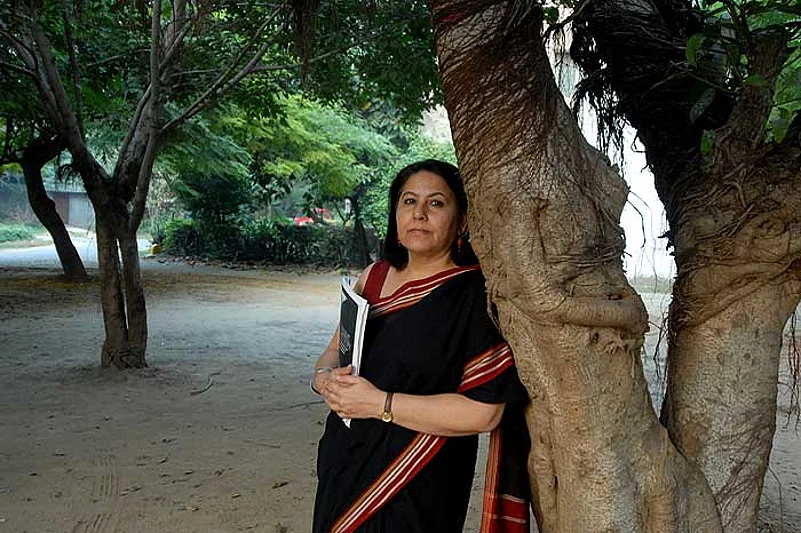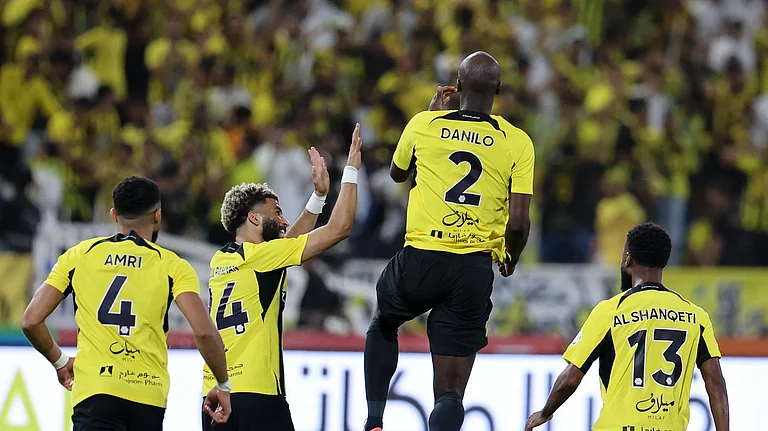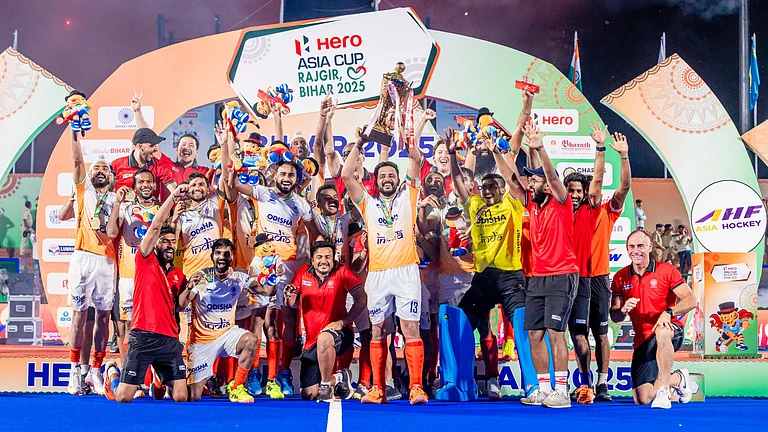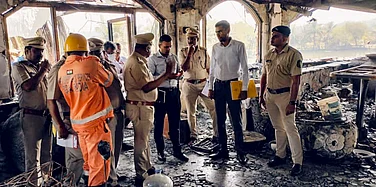
| Violent Activism By Shobna Sonpar | Aman Public Charitable Trust | Pages: 230 | Price: Rs 250 |
Nandy says Shobna’s book should be a compulsory read for policymakers in Delhi, “used to reversing their telescopes so that things look further and further away”. It’s a clinical gaze on traumatised people, he says, coming as it does when fewer researchers are undertaking such studies. Following up on these high recommendations, Anuradha Raman spoke to Shobna Sonpar about her study. Excerpts from the interview:
The Centre’s Kashmir interlocutors (Dileep Padgaonkar, Radha Kumar and M.M. Ansari) have submitted their report. You must be aware of what they were tasked to do. What would be your suggestions to them? What are the various factors one needs to keep in mind before drawing up a roadmap for dialogue?
Interlocuting has to do with conversation and I imagine that the most important task is to facilitate a change in the cliched discourses on all sides so that a genuine conversation emerges. It is only through genuine conversation that difficult issues can be talked about without self-righteousness, raised hackles and sulks.
Listening without a personal agenda and without having to please some constituency is essential, and hence the choice of a non-political team seems wise. In my practice, I find myself urging warring couples to do what it takes in their heads and in their emotional reactivity to maintain a stance of respectful curiosity about the other instead of blame and judgement. It is in the process of practising this that the ability to read one’s own subjective state without defensiveness and that of others without assuming malign intent, a truly reflective space, becomes possible. Psychologists call this capacity mentalisation. Also, there is the need to have conversations with the government and other sections in India, which perhaps poses a more formidable challenge.
Since the Amarnath land row, there has been palpable anger across the Valley, particularly among the youth. What is different now compared to some years ago is that the sense of victimisation, the hyper-sensitivity to threats to Muslim identity, the outrage at human rights violations by security forces are being publicly expressed by large sections of Kashmiri society, including women and children, and not just by those who took up militancy. What has also changed is the mood.
Ten years ago, when I first visited the Valley, my impressions were of a collective trauma characterised emotionally by pervasive and intense fear, insecurity, loss, despair and helplessness and socially by atomisation and distrust. On my visit last month, my impression was of a degree of assertiveness and even hopefulness, as well as of greater willingness to form social networks. Thirdly, the activism for protest and resistance has broadened to include violent (stone-pelting is not non-violent; people have lost their lives and their eyes due to injuries inflicted by the slingshots of security forces and stones hurled by protesters) as well as non-violent strategies.
How do you view the call for azadi from new sections of the population (among the stone-pelters are women and children)? What does their participation indicate?
The call for azadi from women is not new. Commentators like Rita Manchanda point out that by 1990 Kashmiris were rallying in the streets, women in the forefront, shouting Marde mujahid, jaag zara ab, vakt shahadat aaya hai (Men of faith rise up, the time for laying down your lives has come).” However, the participation of children and youth in large numbers in street protests is new. There is a generational shift, the new generation has grown up knowing violence, fear, loss and humiliation at close quarters.
What has the study yielded for you as a psychologist? And what were the challenges you faced?
Several things come to mind. One challenge was to deal with the complaint that trying to make sense of political violence is tantamount to justifying such violence. My engagement in this study also pushed me to interrogate the discourses about violence. Much of this discourse is taken up with differentiating legitimate and therefore acceptable violence from illegitimate and therefore ‘bad’ violence rather than the issue of violence (of any kind) versus non-violence. It raised troubling questions regarding the normalisation and ‘moralisation’ of violence—in raising and educating children, as well as in maintaining discipline, honour and perceived entitlements in personal, familial and social contexts. It also raised practical challenges as to the socialisation into, and ‘moralisation’ of, non-violent modes of resolving conflict. I also wondered about the daunting business of breaking cycles of violence that run on victimhood and revenge. The lessons of Tibet and South Africa suggest the importance of a strong moral authority and a containing moral vision that rejects violence.
You have presented accounts of 24 former militants, detailing the tortures they went through at the hands of the security forces. How does the healing process start?
The tortured need physical and mental help, and torture victims benefit immensely from giving testimonies on human rights forums. But I think the legislation on torture currently being discussed needs to be expedited. Torture sustains the construction of a reality that fuels fear in the public about enemies who must be eliminated at any cost. Let me take you to a study in Stanford called the Prison Experiment where a prison-like situation was simulated and where students took on the role of prisoners and guards—the study had to be abandoned after it was found within a week that the guards were turning more and more violent and the prisoners increasingly passive.
Abuse and violence, I feel, are the creation of a system that provides a higher authority which validates such actions that would ordinarily be constrained by norms and ethics.


























